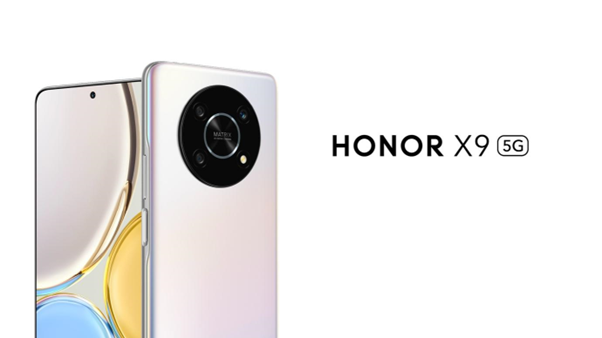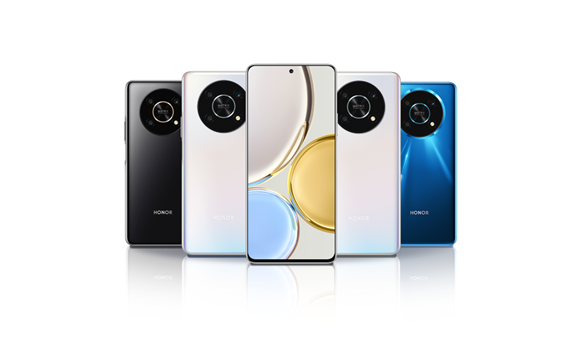
In the era
of modern smartphones, the landscape of photography has undergone a profound
revolution. From the early days of basic phone cameras to the sophisticated
imaging capabilities of contemporary devices, the evolution of smartphone
photography has been nothing short of remarkable. This article explores the
transformative changes that have shaped the way we capture and experience
moments through the lenses of our smartphones.
High-Resolution
Sensors: From Pixels to Clarity
One of the
key transformations in smartphone photography is the advent of high-resolution
sensors. Early phone cameras struggled to deliver clear and detailed images due
to limited sensor capabilities. However, modern smartphones are equipped with
high-megapixel sensors that capture images with exceptional clarity. This shift
has elevated smartphone photography from a mere convenience to a viable
alternative to dedicated digital cameras for everyday use.
Multi-Lens Systems: A
Lens for Every Occasion
Smartphone
manufacturers have embraced multi-lens systems, introducing a variety of lenses
to cater to different photographic scenarios. From wide-angle lenses for
capturing expansive landscapes to telephoto lenses for zooming in on distant
subjects, the versatility offered by multi-lens systems has transformed
smartphones into versatile imaging tools. Users now have a lens for every
occasion, empowering them to explore diverse photography styles.
Night Mode Technology:
Illuminating the Dark
Night Mode
technology has emerged as a game-changer in smartphone photography. In
low-light conditions, traditional phone cameras often struggled to produce
clear and vibrant images. Night Mode leverages advanced algorithms and image
processing to enhance visibility, reduce noise, and capture stunning details in
low-light environments. This innovation ensures that users can confidently
capture memorable moments, even in challenging lighting situations.
Portrait Mode and Bokeh
Effects: Artistry in Focus
Portrait
Mode, driven by computational photography, has added an artistic dimension to
smartphone photography which comes in modern phones like HONOR X9 5G. This feature uses depth-sensing
technology to create a sharp focus on the subject while blurring the
background, commonly known as the bokeh effect. The result is aesthetically
pleasing portraits that rival the quality of images captured by professional
cameras. Portrait Mode has democratized the creation of visually striking
portraits, allowing users to express their creativity effortlessly.
AI-Driven Enhancements:
Smart Photography Assistance
Artificial
Intelligence (AI) has become a driving force behind smart photography
enhancements in smartphones. AI algorithms analyze scenes in real-time,
optimizing camera settings for the best possible results. From automatic scene
recognition to intelligent exposure adjustments, AI-driven enhancements ensure
that users can capture visually appealing images without having to delve into
manual settings. This fusion of technology and photography expertise simplifies
the process for users and elevates the overall quality of smartphone
photography.
Pro Mode and Manual
Controls: Empowering Creativity
While
AI-driven features simplify photography for many users, smartphone
manufacturers recognize the importance of catering to photography enthusiasts.
Pro Mode and manual controls allow users to take full control of camera
settings, including ISO, shutter speed, and aperture. This level of
customization empowers users to experiment with advanced photographic techniques,
fostering a sense of creativity and offering a bridge between amateur and
professional photography.
RAW Capture and
Editing: Unleashing Creative Potential
Smartphones
have embraced RAW capture capabilities, enabling users to capture images in an
uncompressed format. This provides greater flexibility in post-processing and
editing, allowing photographers to unleash their creative potential. With the
availability of powerful editing apps, users can refine and enhance their
images directly on their smartphones, bridging the gap between capturing the
moment and refining it to perfection.
Ultra-Wide and Macro
Photography: Exploring New Perspectives
The
inclusion of ultra-wide and macro lenses in smartphones has opened up new
avenues for exploration in photography. Ultra-wide lenses enable users to
capture expansive vistas and group shots with a broader field of view. On the
other hand, macro lenses allow for extreme close-ups, revealing intricate
details in small subjects. These specialized lenses contribute to the
versatility of smartphone photography, encouraging users to explore and
experiment with different perspectives.
Cinematic Video
Recording: Storytelling in Motion
Smartphones
have evolved beyond still photography to become capable video recording
devices. Cinematic video recording features, such as 4K resolution, HDR video,
and advanced stabilization, enable users to tell compelling stories in motion.
Whether capturing family moments, documenting travel adventures, or creating
content for social media, smartphones have become powerful tools for both still
and moving imagery.
Conclusion: The
Democratization of Photography
In
conclusion, the evolution of smartphone photography represents the
democratization of an art form. Modern smartphones have transformed users into
capable photographers, providing them with powerful tools and features that
were once exclusive to dedicated camera systems. From high-resolution sensors
to AI-driven enhancements and specialized lenses, smartphones have redefined
the way we capture and share moments.
